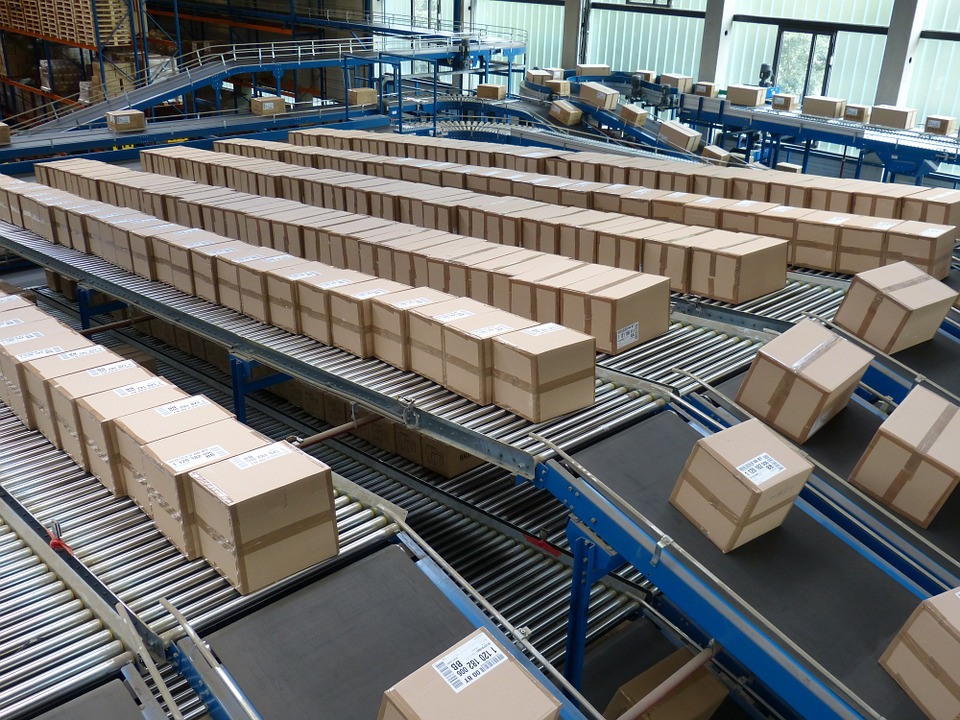Your workforce is the heartbeat of your business. Ensuring their safety and wellbeing is not only a fundamental responsibility, but also an investment in the business’s future. The attrition and replacement of employees is costly, both financially and culturally. Additionally, a workforce that feels respected and cared for will show greater commitment and productivity. Quite aside from the fact that your workforce are human beings whose well-being you should take an interest in anyway, it is simply sound business sense to ensure they feel safe and protected at all times. Here are four key aspects to consider when protecting your employees.
Safety from Injury
The physical safety of your employees is paramount. Regular risk assessments should be undertaken, with priority given to high-risk areas. Warehouses, for instance, can pose significant hazards and should be equipped with safety measures like proper industrial lighting and comprehensive training for workers. When operating machinery, it is of fundamental importance that warehouse workers can see and be seen clearly at all times.. Keeping high-traffic areas free of potential tripping or slipping hazards in the office is another essential step towards a safer work environment.
Protection from Burnout
While productivity is crucial, it’s important to remember that employees cannot operate at maximum capacity at all times. It’s essential to balance periods of intense activity with calmer, more sedate tasks that allow employees to decompress. Overworking employees can lead to exhaustion and a decline in their overall efficiency. Treating them with humanity and understanding will foster loyalty and improve their performance. Burnout is gaining an increasing level of focus in the present day, and with good reason – an increasing number of employees are leaving jobs because they feel overworked and undervalued.
Mental Health Support
The importance of mental health in the workplace cannot be overstated. Mental ailments like anxiety or depression can be just as debilitating as physical injuries, yet they often receive less attention because they are unseen maladies. Employers must ensure access to mental health services and create an environment where employees can engage in fulfilling work. An investment in mental wellbeing is an investment in the overall health and productivity of your team. It’s an investment you’ll be able to see paying off in the performance levels of your staff.
Security during Commutes
Protection of employees should not be limited to office hours alone. Ensuring their safety during commutes is equally important. Businesses should provide secure premises where only employees have access, mitigating risks like unwanted intruders or potential stalkers. Open communication channels for employees to voice their concerns regarding their safety during their commute are also essential. If necessary, providing transport facilities to avoid employees having to traverse through unsafe areas can prove beneficial.
In conclusion, protecting your employees is a multi-faceted task that goes beyond mere compliance with regulations. By safeguarding their physical safety, preventing burnout, supporting their mental health, and ensuring their security during commutes, businesses not only create a nurturing work environment but also foster a loyal, efficient, and happier workforce.




